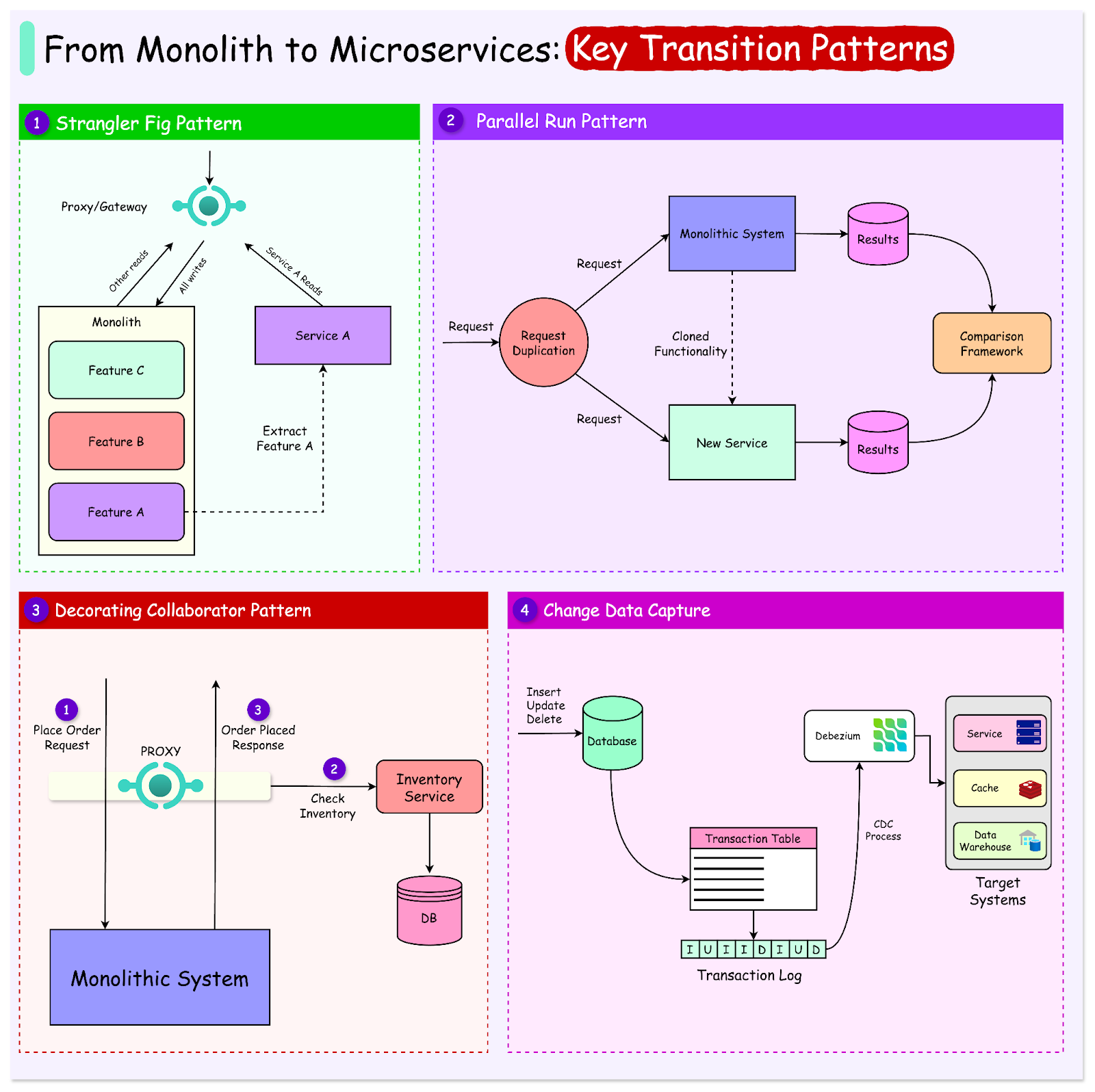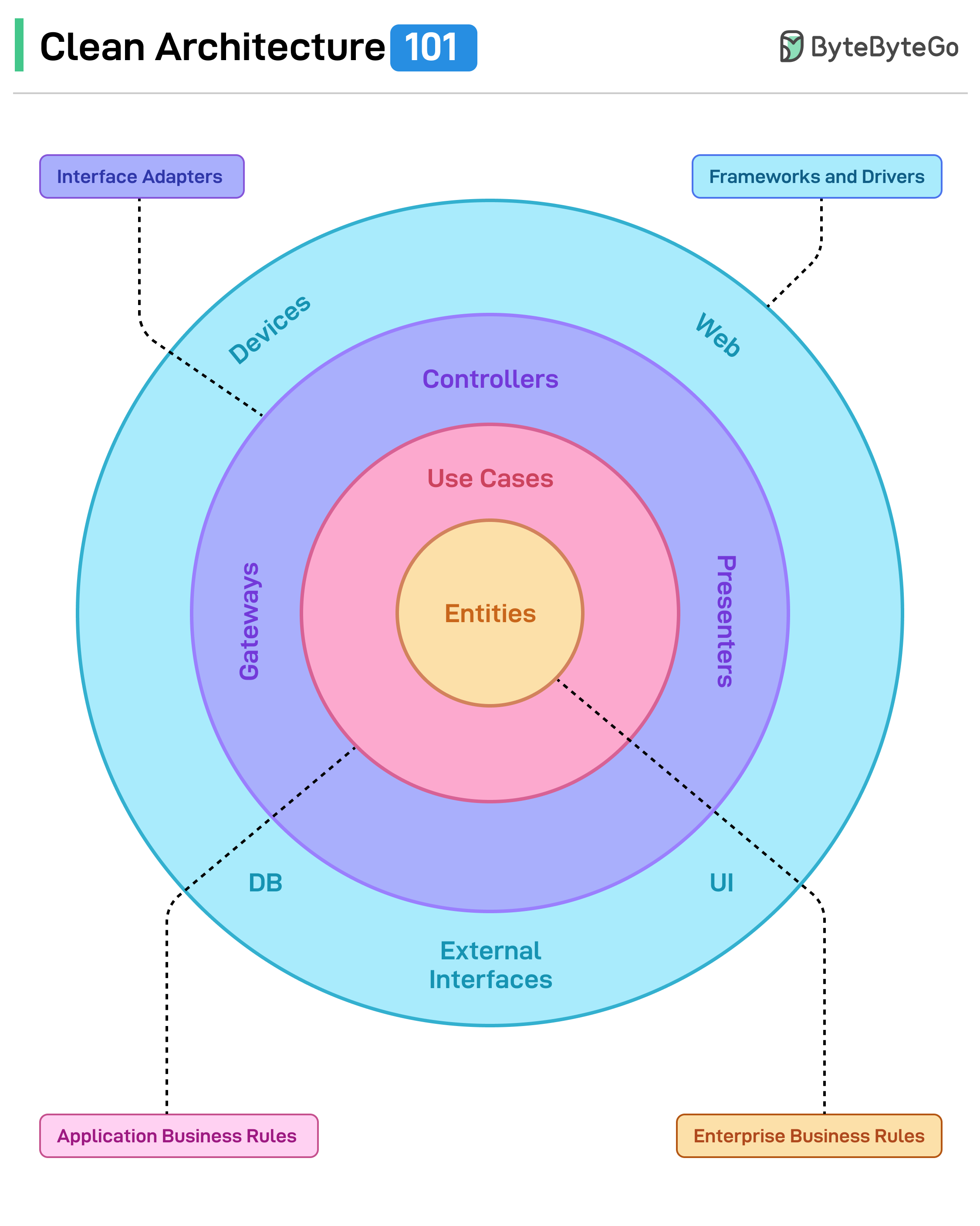- Mailing Lists
- in
- Clean Architecture 101: Building Software That Lasts
Archives
- By thread 5369
-
By date
- June 2021 10
- July 2021 6
- August 2021 20
- September 2021 21
- October 2021 48
- November 2021 40
- December 2021 23
- January 2022 46
- February 2022 80
- March 2022 109
- April 2022 100
- May 2022 97
- June 2022 105
- July 2022 82
- August 2022 95
- September 2022 103
- October 2022 117
- November 2022 115
- December 2022 102
- January 2023 88
- February 2023 90
- March 2023 116
- April 2023 97
- May 2023 159
- June 2023 145
- July 2023 120
- August 2023 90
- September 2023 102
- October 2023 106
- November 2023 100
- December 2023 74
- January 2024 75
- February 2024 75
- March 2024 78
- April 2024 74
- May 2024 108
- June 2024 98
- July 2024 116
- August 2024 134
- September 2024 130
- October 2024 141
- November 2024 171
- December 2024 115
- January 2025 216
- February 2025 140
- March 2025 220
- April 2025 233
- May 2025 239
- June 2025 303
- July 2025 182
🎂 Celebrate Remote's 6th birthday with us!
Professional sales of high-end building materials, including ceramic tiles, marble tiles, tombstones
Clean Architecture 101: Building Software That Lasts
Clean Architecture 101: Building Software That Lasts
Latest articlesIf you’re not a subscriber, here’s what you missed this month.
To receive all the full articles and support ByteByteGo, consider subscribing: Modern software development often involves complex systems that need to adapt quickly to changes, whether it's user requirements, technology updates, or market shifts. Clean Architecture can help with this. It is a software design philosophy that emphasizes creating systems that are easy to understand, maintain, and extend. At its core, Clean Architecture tries to ensure that the most important parts of your application, like business rules and logic, are independent of external concerns such as frameworks, databases, or user interfaces. Clean Architecture was popularized by Robert C. Martin, also known as Uncle Bob. He introduced the concept in his book Clean Architecture where he built upon earlier design paradigms like Hexagonal Architecture and Onion Architecture. The main purpose of Clean Architecture is to:
In simple terms, Clean Architecture organizes a software system into layers, each with a specific responsibility. Dependencies flow only in one direction: toward the core business logic. This structure helps keep the system modular, testable, and resilient to changes. In this article, we’ll understand what Clean Architecture is in detail. We’ll explore the key principles of Clean Architecture and also look at the various parts of the layered structure. Key Principles of Clean Architecture... Continue reading this post for free in the Substack app© 2025 ByteByteGo |
by "ByteByteGo" <bytebytego@substack.com> - 11:36 - 30 Jan 2025

